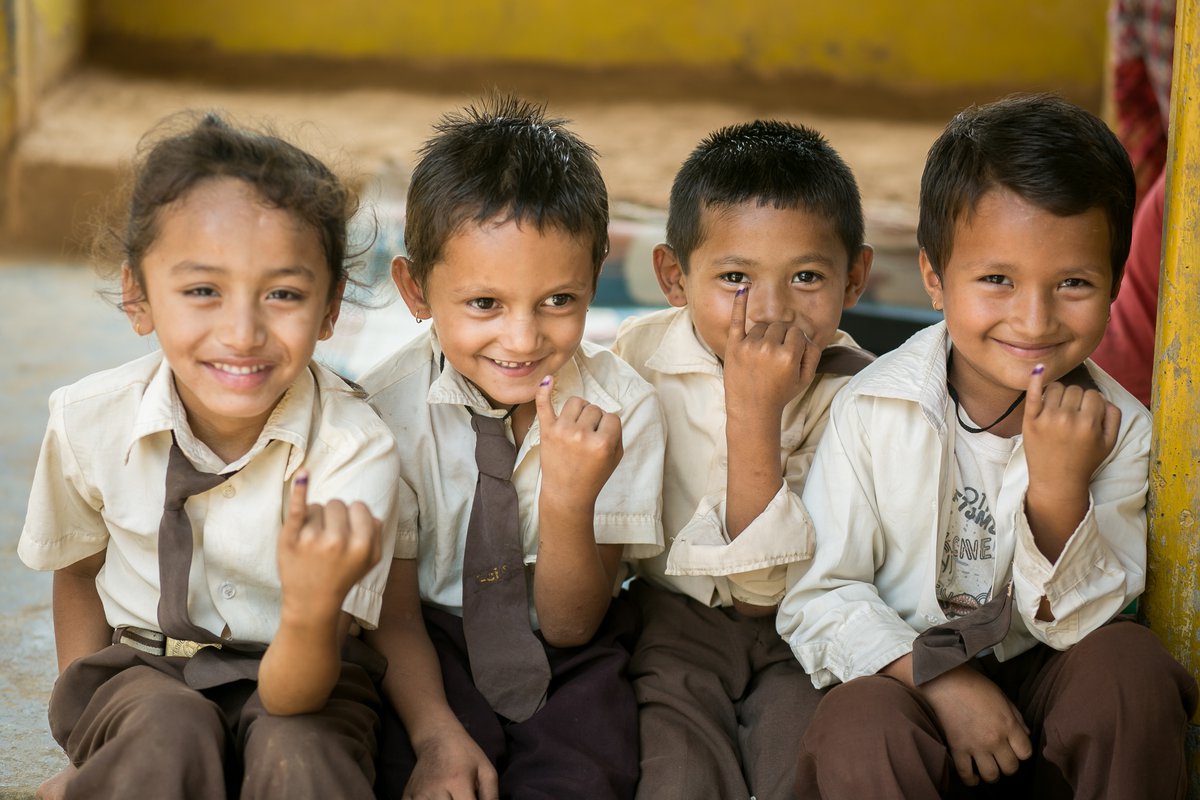Two decades ago, a little-known disease called Japanese encephalitis ravaged parts of the world. But through close partnerships, endless determination, and systematic focus, it’s fair to say that this once neglected tropical disease is no longer neglected.
Learn more about our (more than) 15-year journey to protect millions of kids against this crippling and deadly disease.
Scale of the Threat
JE is transmitted by mosquitoes. Because mosquitoes often live in areas with standing water, like rice paddies, rural areas are at highest risk. JE begins like the flu and may progress to a brain infection. It will kill up to 30% of victims and leave many survivors with permanent brain injuries. Three billion people live in areas at risk for JE, and at least 70,000 cases occur annually.
JE is most prevalent in many remote, rural areas and affected some of the most vulnerable people in low-resource countries. On top of that, changes in the environment caused by things like agriculture and climate change have been causing the number of people at risk to increase over time.
Learn more about the key endemic countries and how we worked with each of them.
The Visual Story of JE
Read and share the high-level details of the JE story in an infographic. Learn how PATH, partnerships, and innovation came together to protect 300 million kids.
Safe, affordable, effective
When PATH began work on JE, the vaccines on the market were too expensive for use in many low-income countries, and they required three doses, which meant most high-risk populations went unprotected. We needed to find a safe, effective, and affordable vaccine.
A vaccine manufacturer in China, the Chengdu Institute of Biological Products (CDIBP), had the solution.
The result, fifteen years later, is an innovative partnership that resulted in China’s entry to the global vaccine market—in addition to more 300 million children across Asia who are now protected against this deadly virus.
In 2003, PATH received funding from the Bill & Melinda Gates Foundation to tackle JE. Together with the Gates Foundation and other partners, this started a 15-year journey to finding an affordable and effective vaccine and protecting millions of people.
Our Plan

Because the people impacted by JE live mostly in poor, rural regions, we used political willpower to establish a public market for a vaccine.
In 2004, a safe, effective vaccine was identified in China. We worked with the manufacturer to ensure supply and affordability.
With partners, we shepherded the vaccine—the first for a Chinese manufacturer—through the rigorous global approval, and production scaled up.
We couldn’t have made a difference without all of our partners. Read more about how we worked together to vaccinate more than 300 million children.
One of those key partners was the vaccine manufacturer, the Chengdu Institute for Biological Products (CDIBP). Read how they stepped up to the plate to do what had to be done.
2003 was just the start of our journey. Watch our full journey, from 2003 to today.
We provided vaccine introduction assistance to ten countries, each with unique priorities and requirements. Several partners joined to expand the effort and ensure integration into national immunization programs.
Over 15 years, the partnerships protected more than 300 million children across Southeast Asia and the Western Pacific from JE.
From early-stage research and development to navigating regulatory hurdles and vaccine introduction policies, PATH’s Japanese encephalitis (JE) project was unique. It arose from an unanticipated need, faced unforeseen challenges, and developed several unexpected solutions. Read more about the lessons we learned along the way.
Our Partners
Our Partners
-
Bill & Melinda Gates Foundation
![]()
-
UNICEF
![]()
-
World Health Organization
![]()
-
Gavi
![]()
-
Centers for Disease Control and Prevention
![]()
-
University of Liverpool
![]()









